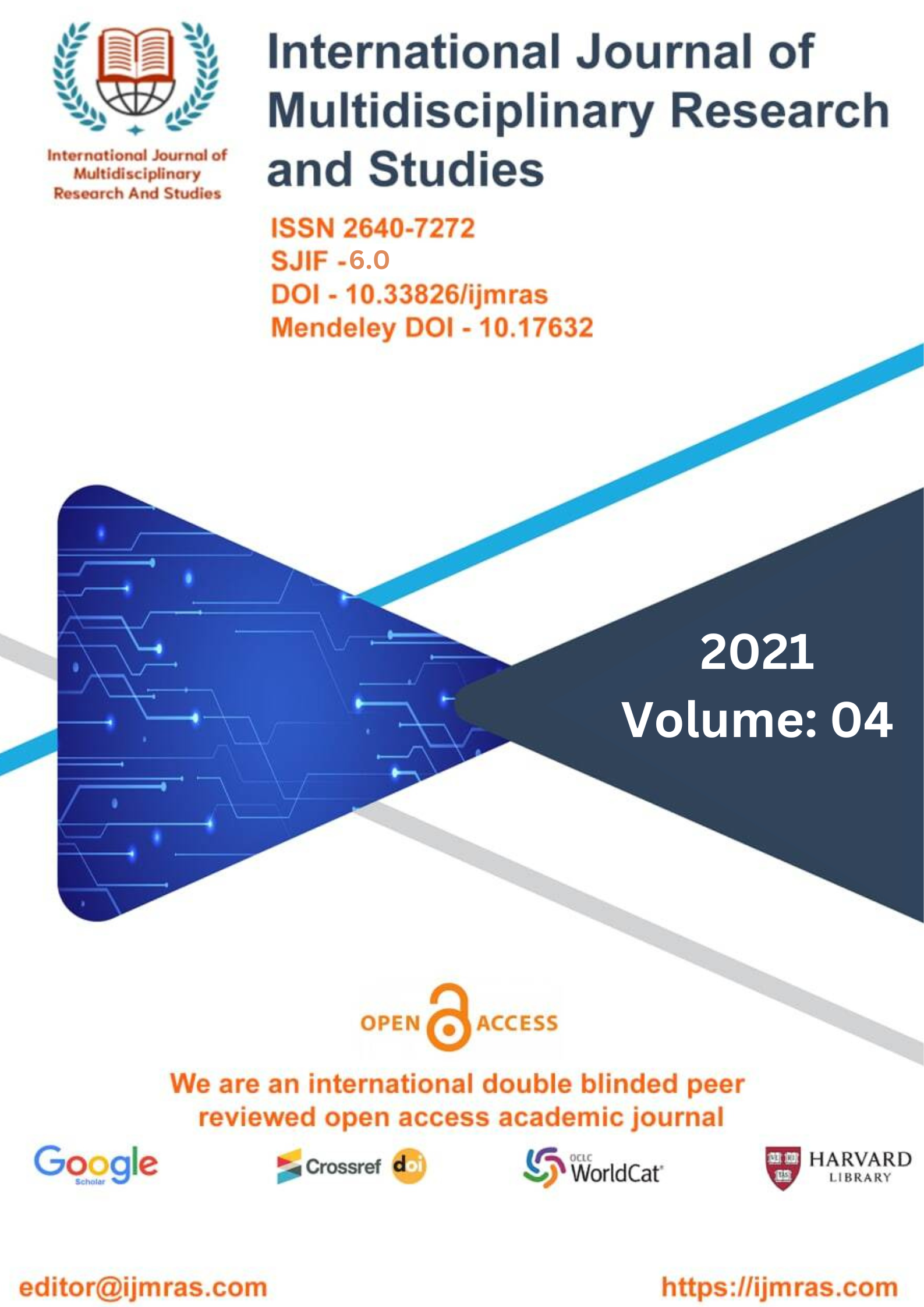Short Indian English stories an Analysis

Abstract
Two distinct styles may be identified within the realm of the Indian short tale written in English. The first type is that of fables, which often include either an instructive lesson or a universal truth about life. The characters do not represent actual people. However, the human focus is undeniably there in the moral implications that were discussed in the conclusion. The second type is the folk story, which has the only intention of entertaining its audience via the use of romance and adventure, but it is not sufficiently developed in a technical sense to produce an impression that is long-lasting. They encourage the use of one's imagination and provide a momentary reprieve from the harsh realities of the world. The short story in India has also acquired relevance as an efficient vehicle for the expression of cultural and social conditions, which has contributed to the country's rise in importance of this literary form. The Indian authors of short stories came to the conclusion that the form of the short story as it appeared in the ancient classics was particularly effective at communicating complex concepts in a manner that was easily understood. Therefore, the Indian author replaced the Gods and Heaven with Indians and India. He did this to make his point.
Keywords
Short, Stories, Indian, CharactersHow to Cite
References
The Lost Child and Other Storie§.. London: J. A. Allen 8< Co., - 1934.
The Barber's Trade Union and Other Stories. London: --- Jonathan Cape, 1944.---
Indian Fairy Tales (Retold). Bombay: Kutub-Popular, 19h6.
Aesop's Fables (Retold). Bombay: Dhawale Popular, 1960.
More Indian Fairy Tales (Re told) . Bombay: Kutub-Popular, 1961.
Between Tears and Laughter. New Delhi: Sterling Publishers,1973
Folk Tales of the Punjab. New Delhi: Sterling Publishers, 1974.
Untouchablg. London: Lawrence & Wishart, 1935.
Across the Black Waters. London: Jonathan Cape, 19L,0.
The Sword and the Sickle. Lonrlotl: J ona than Cape, 1942.
The Big Heart. London: Hutchinson International Authors, 19/.j'.
Seven Summers. London: Hutchinson International Authors, 1951.
Private Life of an Indian Prince. London: Hutchinson International Authors, 1973.
The Old Woman and the Cow. Bombay: Kutub-Pcpular, 1960
The Bubble. New Delhi: Irnold..II~lnemann, 1984.
Apology for Heroism. London: Lindsay Drummond, 1946.
The Bride's Book of Beautv (in collaboration with Krishna Hutheesing). BornLJ8Y: Kutub-Popular, 1947.
On Education. Bombay: Hind KiLnbs, 1947.
Is There a Contemporary ll~ian Civilization? Bombay: Asia -- PublIshing House, 1963.
Roots and Flowers. Dharwar: Karnatak Univ. Publications, 1972
License
Copyright (c) 2021 KUNDAN KISHORE

This work is licensed under a Creative Commons Attribution 4.0 International License.
Individual articles are published Open Access under the Creative Commons Licence: CC-BY 4.0.



